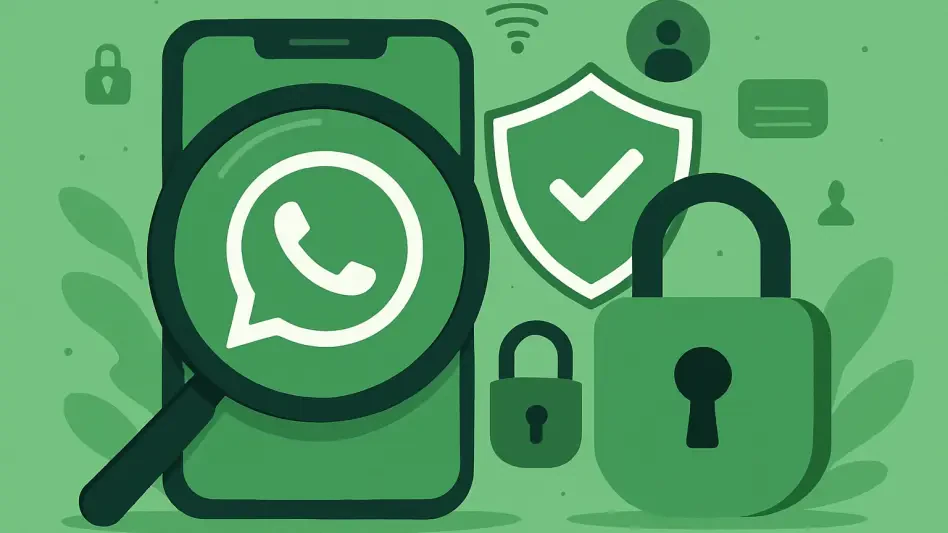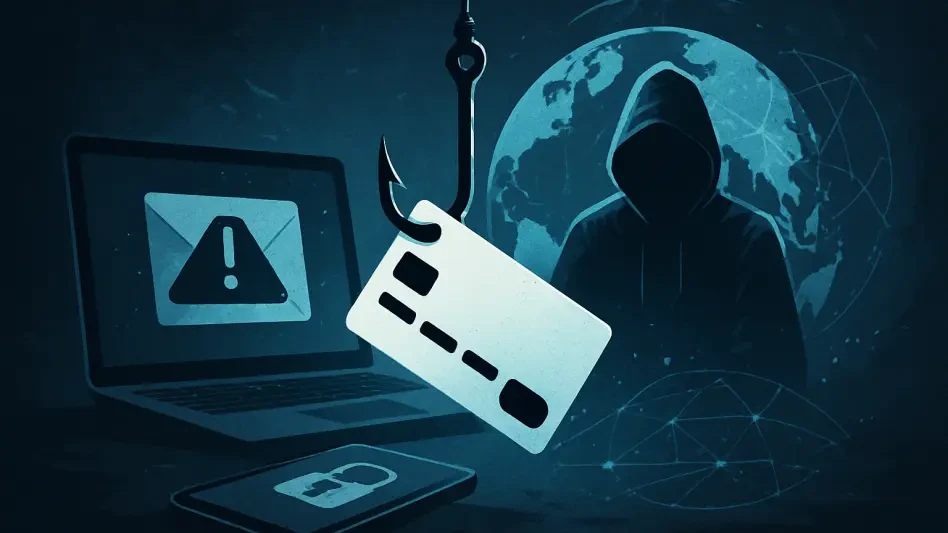The ever-growing sophistication of phishing attacks presents a formidable challenge for educational institutions, especially K-12 schools that hold an abundance of sensitive data. These attacks have evolved from simple email scams to highly targeted operations using generative artificial intelligence (GenAI) to deceive educators and students alike. The educational sector, known for resource constraints and rich data repositories, makes an appealing target for cybercriminals. Phishing tactics have become more nuanced, employing convincing simulations of trusted individuals through audio and video manipulation. Such attacks pose a distinct threat to schools, exploiting peak periods when alertness is naturally diminished due to increased digital engagement. As the frequency and complexity of these threats soar, the need for robust defense mechanisms becomes ever more urgent.
The Nature and Evolution of Phishing Attacks
AI-driven Phishing Tactics: A New Frontier
In recent years, cyber attackers have increasingly adopted artificial intelligence to further the reach and efficacy of their phishing exploits. GenAI is at the forefront, enabling hackers to craft emails, texts, and even simulations that imitate school staff or external partners with unsettling precision. This level of craftsmanship allows attackers to bypass security measures and human intuition, successfully harvesting sensitive data such as student records and financial information. Particularly troubling is the potential for GenAI to simulate voices and videos, which adds a persuasive layer of deceit to phishing attempts. Often, these attacks are planned to coincide with the start of school terms, exam seasons, or other busy times, when faculty and students are more likely to act hastily.
The integration of generative AI into phishing strategies has marked a departure from traditional blanket email phishing methods. Instead of generic emails sent en masse, AI helps craft highly personalized messages that leverage publicly available information. This approach not only boosts the legitimacy of phishing attempts but also exploits the inherent trust within school communities. Such innovations underline the imperative for educational institutions to adopt advanced security frameworks that anticipate these evolving threats.
Vulnerabilities in the Educational Sector
The educational field is characterized by numerous vulnerabilities due to the reliance on digital platforms and insufficiently fortified security infrastructures. Schools house vast amounts of sensitive data, including Social Security numbers, financial records, and sensitive student information. A breach can lead to data loss, financial repercussions, and reputational damage, debilitating a school’s operational capacities. Cybercriminals exploit these vulnerabilities, targeting institutions with phishing campaigns designed to disrupt educational schedules and capitalize on unguarded networks. Moreover, the generally standardized security practices across many schools make them susceptible to large-scale attacks that can easily spread through interconnected systems.
Adding to these challenges is the lack of resources dedicated to cybersecurity in many educational settings. Budget constraints often lead to underinvestment in robust digital defenses, leaving schools with outdated technologies that are ill-equipped to handle sophisticated phishing attacks. These financial limitations hinder the ability to hire specialized IT staff or invest in continuous security training programs. Consequently, the education sector remains a lucrative and relatively easy target for cybercriminals seeking to extract valuable information with minimal resistance.
Strategies to Counteract Phishing Attempts
Transitioning to Zero Trust Security
To counteract the sophisticated nature of contemporary phishing schemes, schools must transition from traditional security methods to a zero trust architecture. This paradigm shift involves assuming that potential threats could originate from any source, internal or external, prompting constant verification of user identities and access requests. Unlike older security models that relied on predefined perimeters, zero trust frameworks operate on the belief that no user or device is inherently trustworthy. This approach effectively mitigates the risk posed by compromised accounts or rogue insiders, limiting the lateral movement of attackers within a network should they gain entry.
Implementing a zero trust model may seem overwhelming given existing constraints, but adopting a phased approach allows schools to progressively enhance their security postures. By identifying critical assets and gradually integrating zero trust principles such as multifactor authentication (MFA) and compartmentalized access, educational institutions can significantly bolster their defenses. This method reduces the burden of implementing comprehensive system overhauls while laying the groundwork for a more resilient cybersecurity infrastructure.
Role of Artificial Intelligence in Defense
Interestingly, AI can serve as a powerful tool not only for attackers but also for defenders. In the context of cybersecurity, AI technologies are invaluable for identifying threats that remain undetected by conventional systems. By analyzing behavior patterns across multiple communication channels, AI-driven engines can pinpoint anomalies indicative of phishing activity. This proactive strategy ensures that potentially harmful actions are flagged and addressed before resulting in significant data breaches or operational disruptions.
Additionally, integrating AI with zero trust strategies creates a robust defense mechanism against phishing. The combination offers unrivaled visibility and control over user behavior, enabling schools to preemptively tackle suspicious activities. This alignment means not relying solely on perimeter defenses but adopting a more holistic security posture that actively involves end-users. Educating students and staff about recognizing phishing attempts and promoting best practices plays a supporting role in this strategy. Through comprehensive training programs, schools can establish a culture of cybersecurity awareness that further fortifies their digital environment.
Building a Culture of Cyber Resilience
Student Engagement in Cybersecurity Efforts
A critical component of enhancing a school’s cybersecurity defenses is the active involvement of students. As primary users of digital platforms, students are often targeted in phishing schemes due to their perceived lack of awareness and experience. Elevating their understanding of cybersecurity threats and empowering them to take preventative actions is essential. Schools can implement educational initiatives that teach students how to identify suspicious communications, authenticate sender identities, and safeguard their online presence with secure passwords and authentication methods.
By encouraging students to actively participate in maintaining digital safety, educational institutions foster an environment where cybersecurity is a shared responsibility. This proactive approach reduces the likelihood of successful phishing attacks and ensures that students contribute positively to securing the institution’s digital assets. Schools can organize workshops, competitions, and awareness campaigns to keep cybersecurity issues at the forefront of students’ minds, promoting habitual vigilance in their online interactions.
Continuous Adaptation to Emerging Threats
Cybercriminals have been increasingly leveraging artificial intelligence to enhance their phishing schemes. At the forefront is Generative AI (GenAI), which hackers use to draft emails, text messages, and even realistic simulations that convincingly mimic school staff or external partners. This high degree of precision allows attackers to bypass security measures and outsmart human awareness, effectively acquiring sensitive information such as student records and financial data. A particularly concerning development is GenAI’s ability to recreate voices and videos, adding a compelling layer to phishing schemes. These attacks are often strategically timed with the beginning of school terms, exam periods, or other hectic times, when staff and students might be more prone to rushing. The use of generative AI marks a shift from traditional mass phishing emails, creating highly tailored messages using publicly available data. This method not only boosts the credibility of these attacks but also takes advantage of the trust ingrained within educational communities. These advancements underscore the urgent need for schools to implement advanced security measures to counteract these evolving cyber threats.








